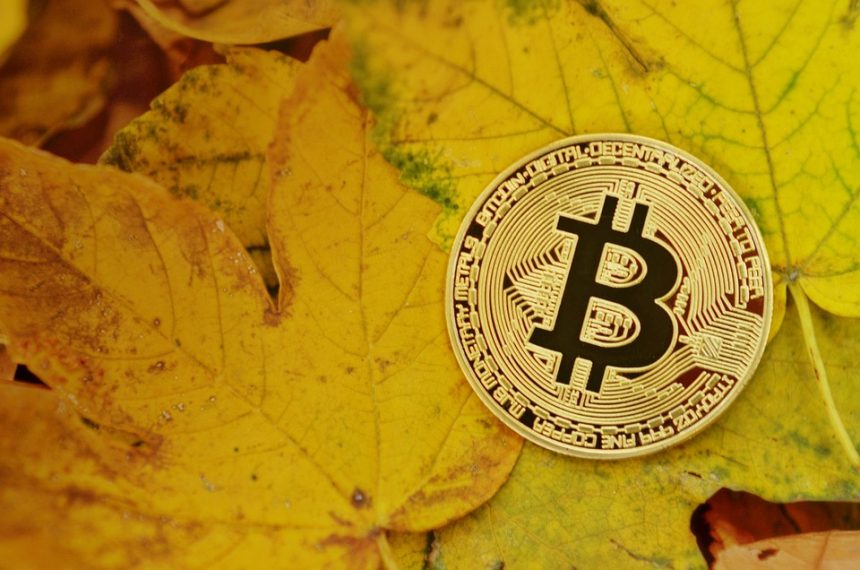Is Yield Farming Worth the Hype? Analyzing the Current Landscape
In the ever-evolving world of decentralized finance (DeFi), yield farming has emerged as a topic of conversation that draws both excitement and skepticism. As financial enthusiasts, investors, and crypto traders navigate this digital frontier, the question looms: is yield farming truly worth the hype it generates? This article seeks to analyze the current landscape of yield farming, its potential benefits and drawbacks, and its overall viability as an investment strategy.
Understanding Yield Farming
Yield farming, in its simplest terms, is the practice of lending or staking cryptocurrency in DeFi protocols to earn interest or rewards, typically in the form of additional tokens. It allows individuals to put their idle crypto assets to work, generating returns that can often exceed what traditional banking systems offer. Yield farming utilizes liquidity pools, where users deposit funds to provide liquidity to various trading pairs, and in return, they earn a portion of the trading fees along with additional rewards.
The Allure of High Returns
One of the main attractions of yield farming is the potential for high returns. In a market characterized by volatility, the allure of earning yields that can reach as high as several hundred percent annually captivates many investors. Some of the most prominent DeFi platforms, like Yearn.finance, Compound, and Aave, offer innovative ways to maximize earnings through various yield generation methods.
Additionally, yield farming often involves governance tokens, giving participants a say in the protocol’s future direction. This combination of financial returns and community participation adds a unique layer of appeal for many.
Risks and Pitfalls
However, the promise of high yields comes hand-in-hand with substantial risks. Understanding these risks is essential for anyone considering yield farming as an investment strategy.
-
Smart Contract Vulnerabilities: Many DeFi protocols are built on complex smart contracts, which can be susceptible to bugs and exploits. Cryptographic vulnerabilities can lead to significant financial losses for investors.
-
Impermanent Loss: A significant downside to providing liquidity to a pool, especially in volatile markets, is impermanent loss. This occurs when the value of deposited assets changes relative to each other, potentially leading to reduced returns compared to simply holding the assets.
-
Market Volatility: The cryptocurrency market is notoriously volatile, and extreme price fluctuations can drastically impact the profitability of yield farming strategies. The value of the tokens earned can plummet, negating the yield previously gained.
-
Regulatory Uncertainty: As yield farming and DeFi continue to grow, they face increasing scrutiny from regulators worldwide. Potential regulatory changes could adversely impact the landscape, affecting the sustainability of yield farming strategies.
- Investing in Unsustainable Protocols: Some projects promise unsustainably high yields, often funded by the influx of new investors—akin to a Ponzi scheme. Identifying credible projects with sound fundamentals becomes crucial for investors.
The Current Landscape
As of late 2023, yield farming remains a prominent component of the DeFi ecosystem. With billions locked in various protocols, the sector showcases a vibrant, albeit risky, financial instrument. Layer-2 scaling solutions and cross-chain opportunities are emerging, offering users more choices when it comes to yield farming.
Innovative models such as "liquidity mining" have garnered attention, allowing users to stake assets in return for governance tokens from new and emerging projects. This practice doesn’t merely boost returns; it also allows users to participate in the governance of the protocol they are supporting.
Despite its challenges, the yield farming ecosystem has matured. Protocols are developing better risk management strategies, and some projects offer insurance against potential losses caused by exploits. Additionally, the integration of stablecoins into yield farming strategies has provided a more risk-averse route for investors looking to dip their toes into this volatile environment.
Conclusion
Is yield farming worth the hype? For some, it can be an incredibly lucrative opportunity, albeit one filled with risks. Seasoned investors should approach yield farming with caution, conducting extensive due diligence, evaluating protocols’ security measures, and understanding the intricacies of smart contracts.
As the DeFi space continues to innovate and expand, yield farming remains a critical aspect of this evolving landscape. By balancing potential rewards with a keen awareness of risks, investors can navigate the world of yield farming with greater confidence. Ultimately, while yield farming presents myriad opportunities, it necessitates a sophisticated understanding of blockchain technology and financial principles to truly harness its potential.





